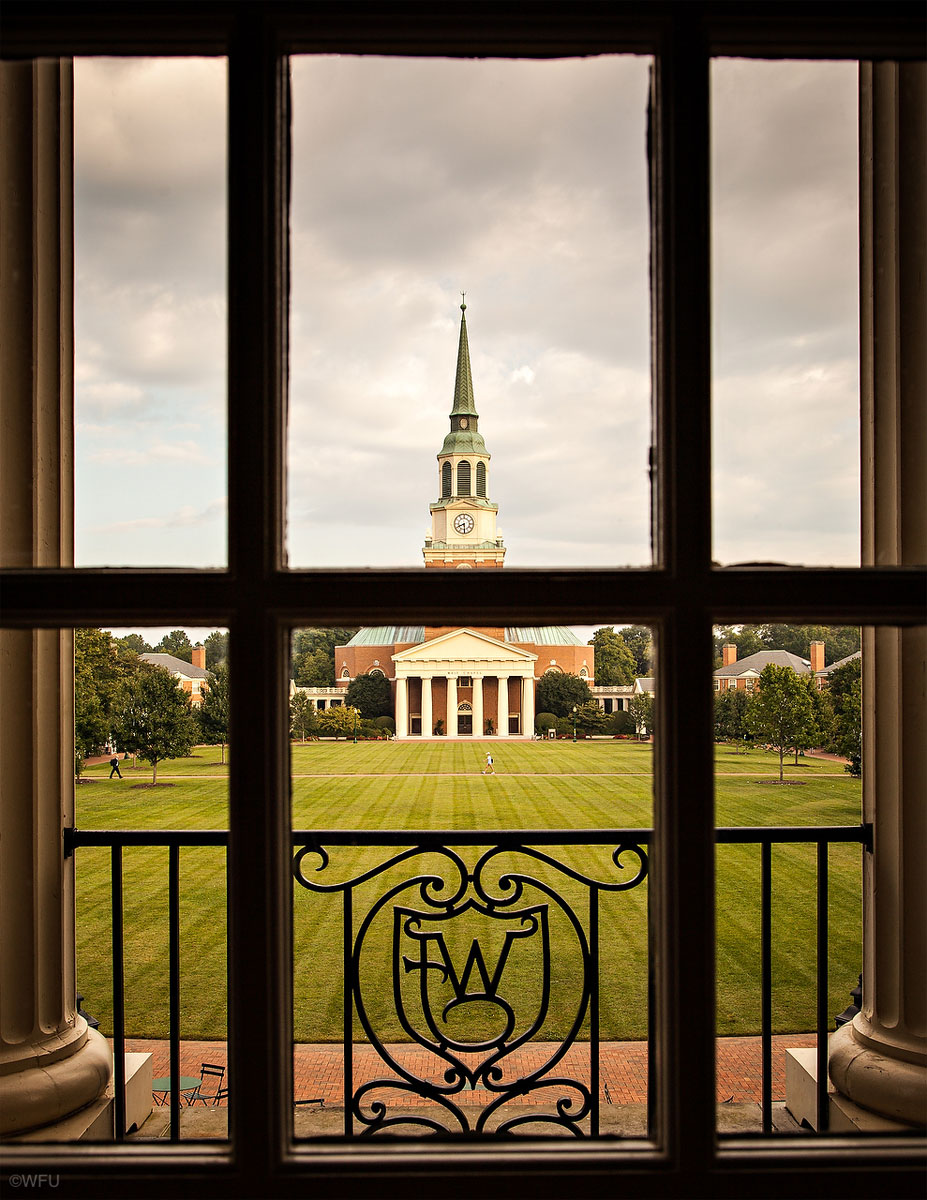
About Buildings & Roads
Written by John Walsh (’14) for students (of all generations), faculty, staff, and visitors, this guide is sure to teach you something new and open your eyes to the rich history of this marvelous school. Edited by Meg Campbell (’25) and Anne Jones (’26).
Wake Forest Manual Labor Institute was founded in 1834. Young men and boys could come to “the forest of Wake,” situated approximately 18 miles north of Raleigh, North Carolina to receive an education in exchange for manual labor. The Institute soon became a college, dropping the manual labor aspect, and focused on educating men of high moral character. The College grew through the years and admitted women as students during World War II. In 1956, the University moved to Winston-Salem, North Carolina with the support of the Reynolds family, where it is located today. It became a University in 1967, and is nationally known for its rigorous academics, high-quality athletics, and sense of community.
A look at the Reynolda campus map will reveal a campus based on the design of Jens Larson. You might find yourself wondering after whom these buildings and streets were named. “Buildings & Roads” is a short history of the people who left such a mark on Wake Forest University that they will be remembered by a structure or street.